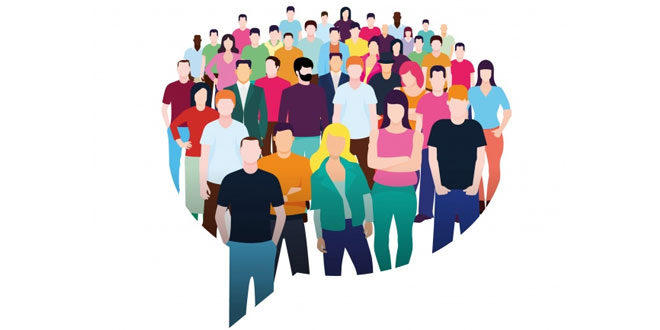Question: Write short notes on the age composition of population and dependency.
Or
Categorize the population of a nation into three broad categories
on the basis of age composition and explain it.
Or
What is the relationship between age composition and dependency ratio ? Explain.
Or
What is the age composition of population? Into how many age groups is the population of a nation grouped ? Explain.
Answer: The age composition of population refers to the number of people in different age groups in a country. It is one of the most basic characteristics of a population.
The age composition of population is expressed in three broad categories.
- Children below the working age (below 15 yrs): They are economically unproductive, and need to be provided with food, clothing, education and medical care.
- Persons in the working age (15 to 59 yrs): They are economically productive and biologically reproductive. They comprise the work population.
- Old persons above the working age (above 59 yrs): They can be economically productive, but need care.
Anyone, who is engaged in work and has the ability to do so is the part of the working population. The dependent population is either in the age group of below 15 years or in the age group of over 59 years.
Question: What is the difference between internal and external (international) migration ?
Answer: The Migration is the term which means the movement of people from one place to other place in searching of employment, better conditions of living, better educational facilities, etc to live a better life. There are various types of migration and this article main revolves around the internal and international migration in a detailed manner.
Internal Migration: Internal Migration is the type of migration in which the people migrate between states within the country. The people migrate in search of better conditions, employment, education, etc to urban areas. The Internal Migration is very common in every country and mostly takes place at initial and medium stages of the urbanization. The Internal Migration consists of different types of migrations like,
- Seasonal Migration
- Rural to Urban Migration
- Rural to Rural Migration, etc.
International Migration: International Migration is the type of migration in which the people migrate from one country to another country for various purposes like job opportunities, higher education, business purposes, etc. There are many restrictions and rules to be followed by the individual in order to migrate from one country to another.
Question: What is sex ratio? Give two reasons responsible for an unfavorable sex ratio in India.
Answer: The number of females per thousand of males is called the sex ratio. In 1901, the ratio was 1000:972 but it dropped to 1.000:940 in 2011. Main causes of the change of ratio are:
- Low social, economic and political status of women.
- Dowry system is also responsible for this.
- Parents also feel insecure if a girl child is born.
Question: What are the significant features of the National Population Policy 2000?
Answer:
- National Population Policy is a policy adopted by the Government of India in 2000.
- It aims at stabilising the population by 2045.
- It also lays emphasis on the economic growth, social development and environment protection.
The Policy states that it will achieve this goal by raising the age of marriage, making school education free and compulsory up-to the age of 14 years and reducing dropouts at the primary and the secondary levels.
Question: What is the main cause of the rapid population growth in India?
Answer: High Birth Rate and Low Death Rate: From 1921 to 2001, the death rate has fallen from 42.6 to 8.7 per thousand while the birth rate fell from 49.2 to 26.1 per thousand.
- Poverty: Poor people have to spend little on the upbringing of their offsprings. Besides, the children supplement the family income.
- Child Marriage: Early marriage is a common feature in India. About 90 per cent of girls are married in the age group of 15-20 years.
- Low status of women: In India women have a low social status. They are treated merely as child producing machines.
- Illiteracy: Rate of illiteracy of 35 per cent is pretty high in India. Illiterate persons fail to understand the significance of family planning.
 Class Notes NCERT Solutions for CBSE Students
Class Notes NCERT Solutions for CBSE Students



